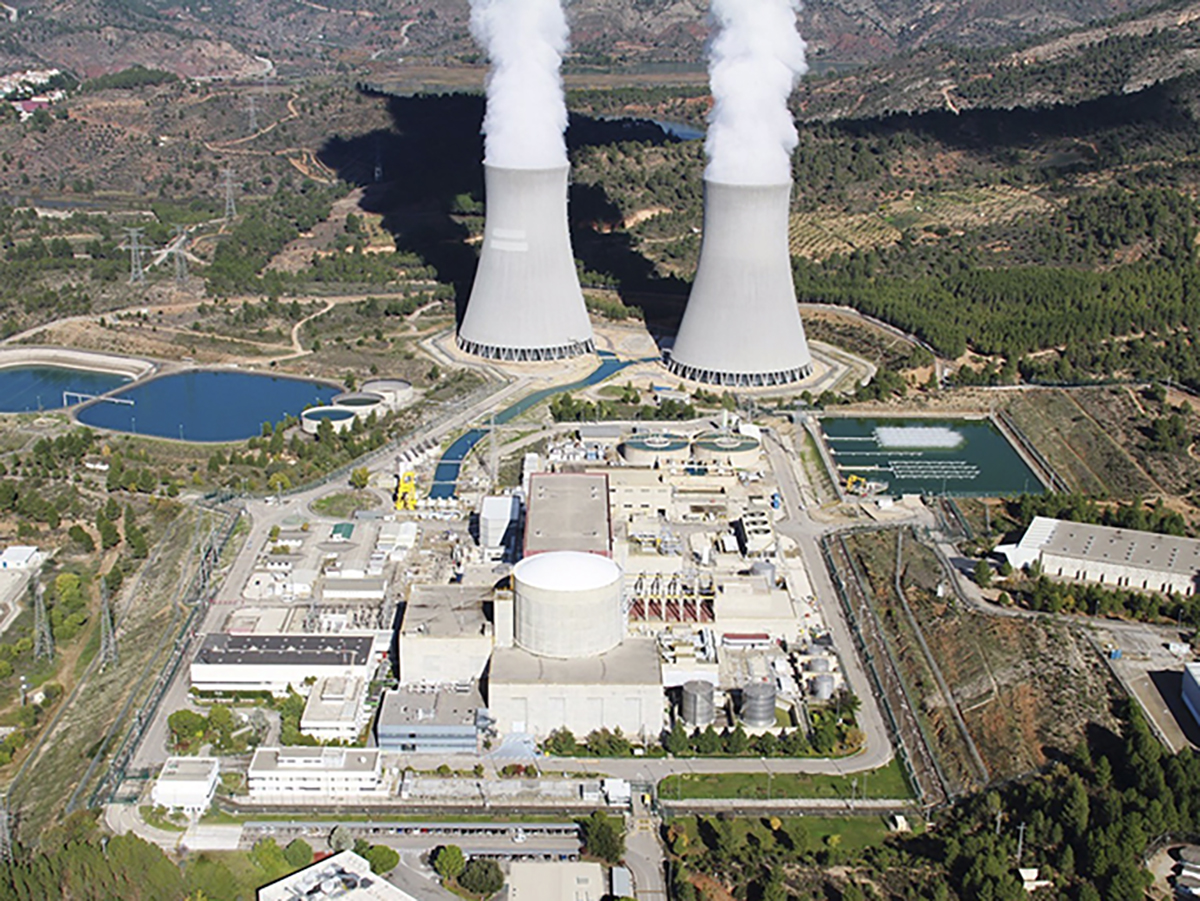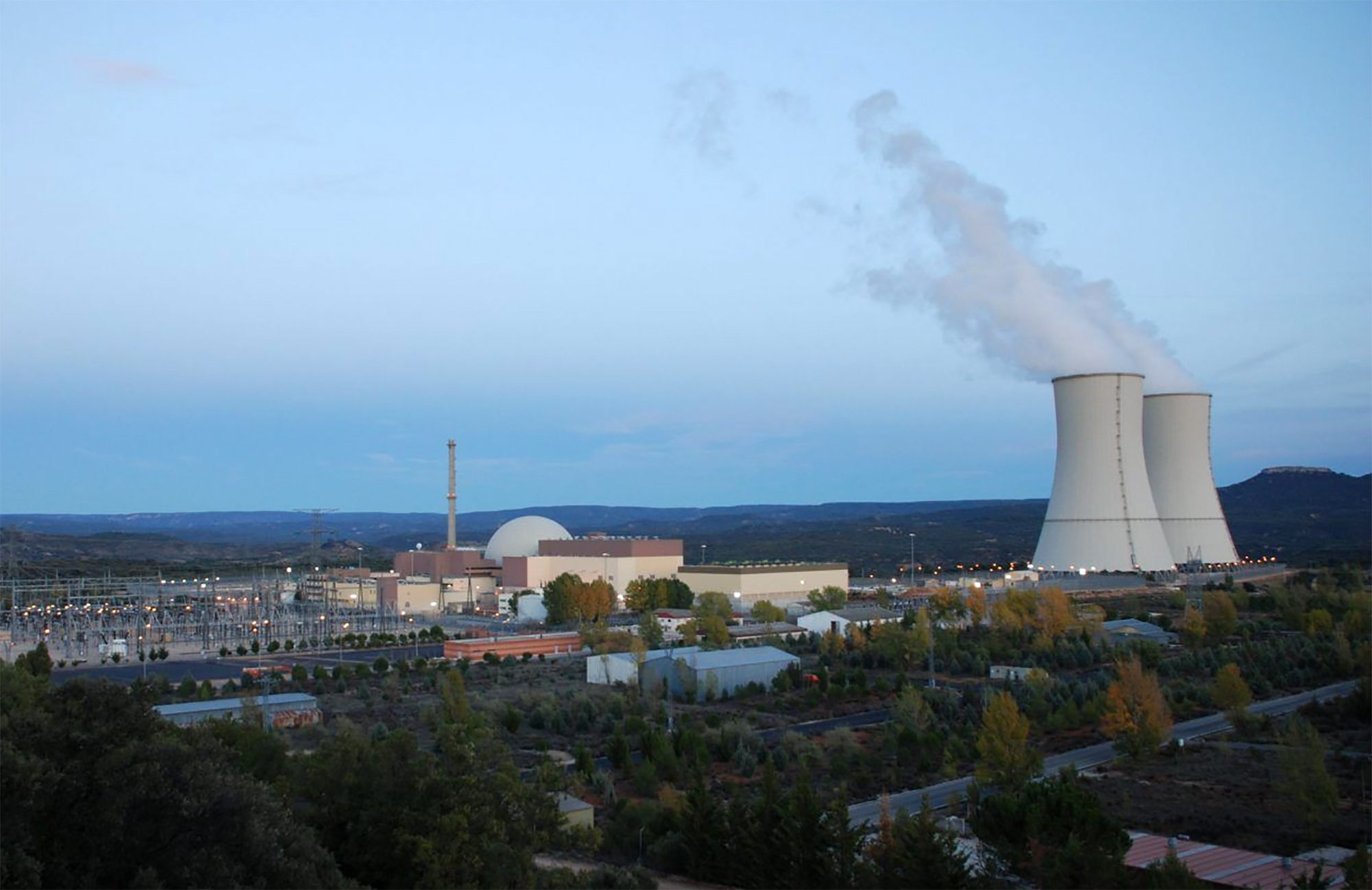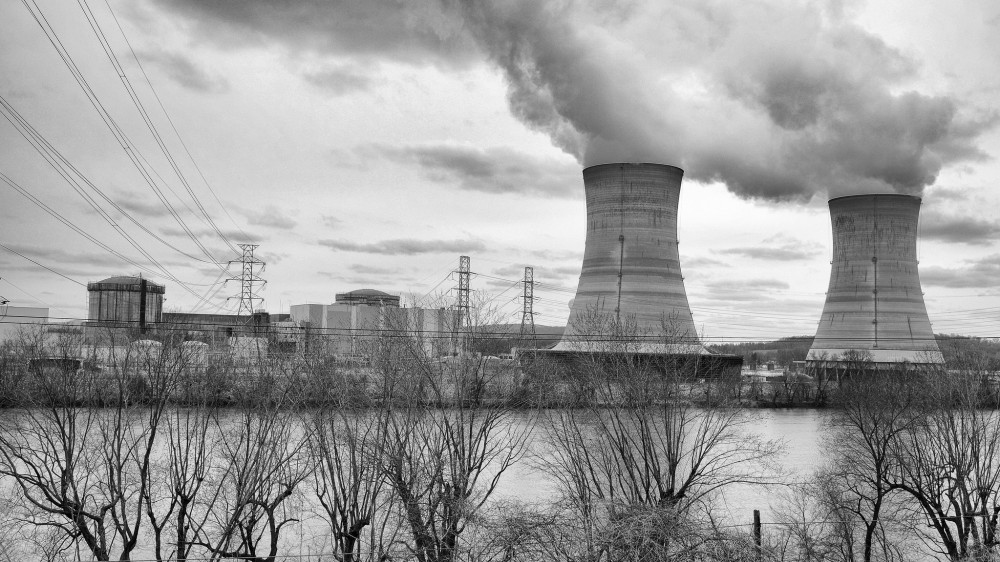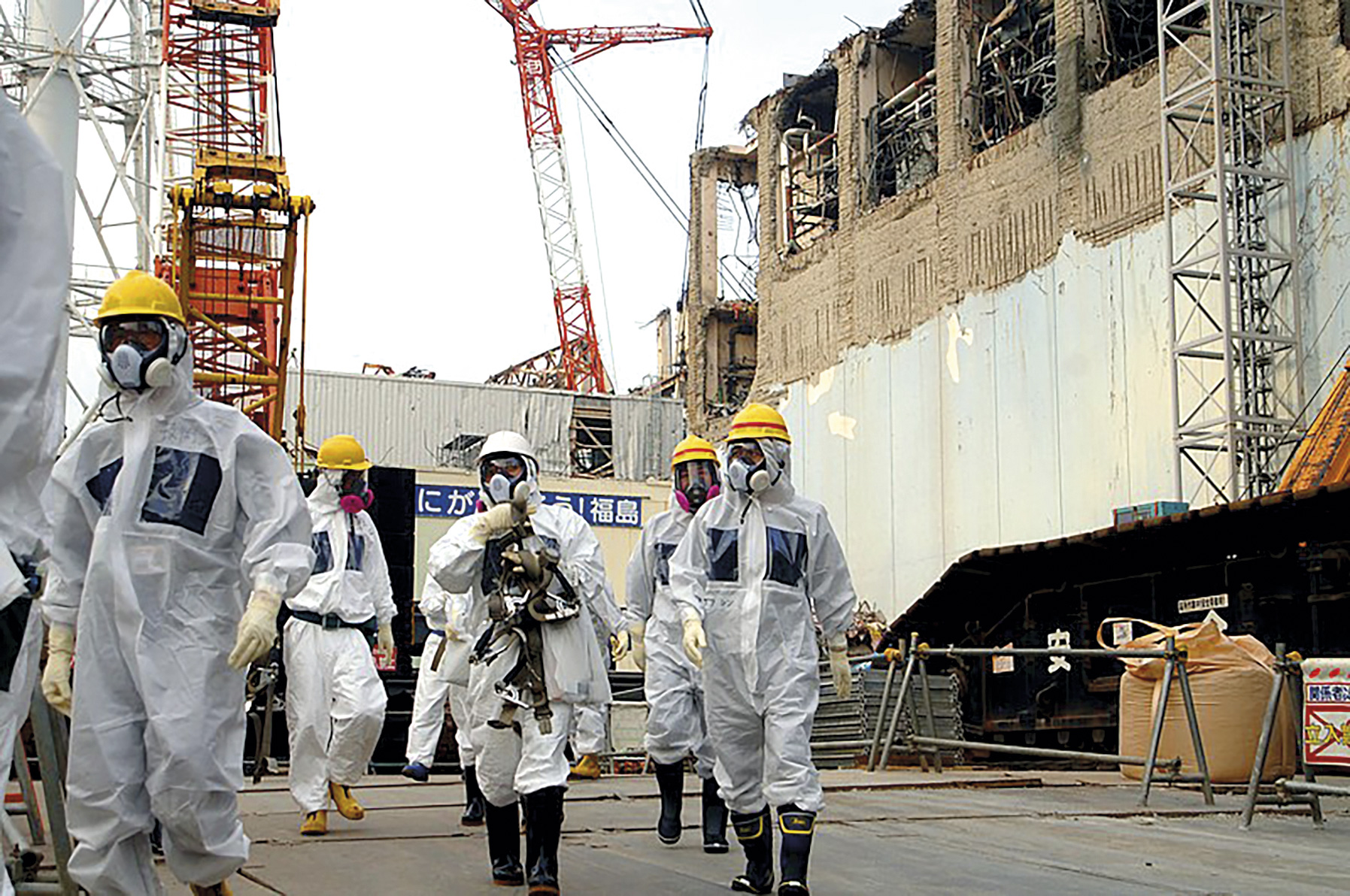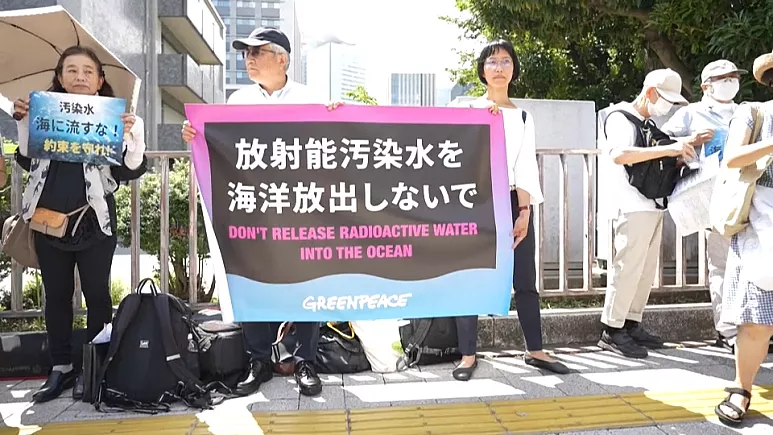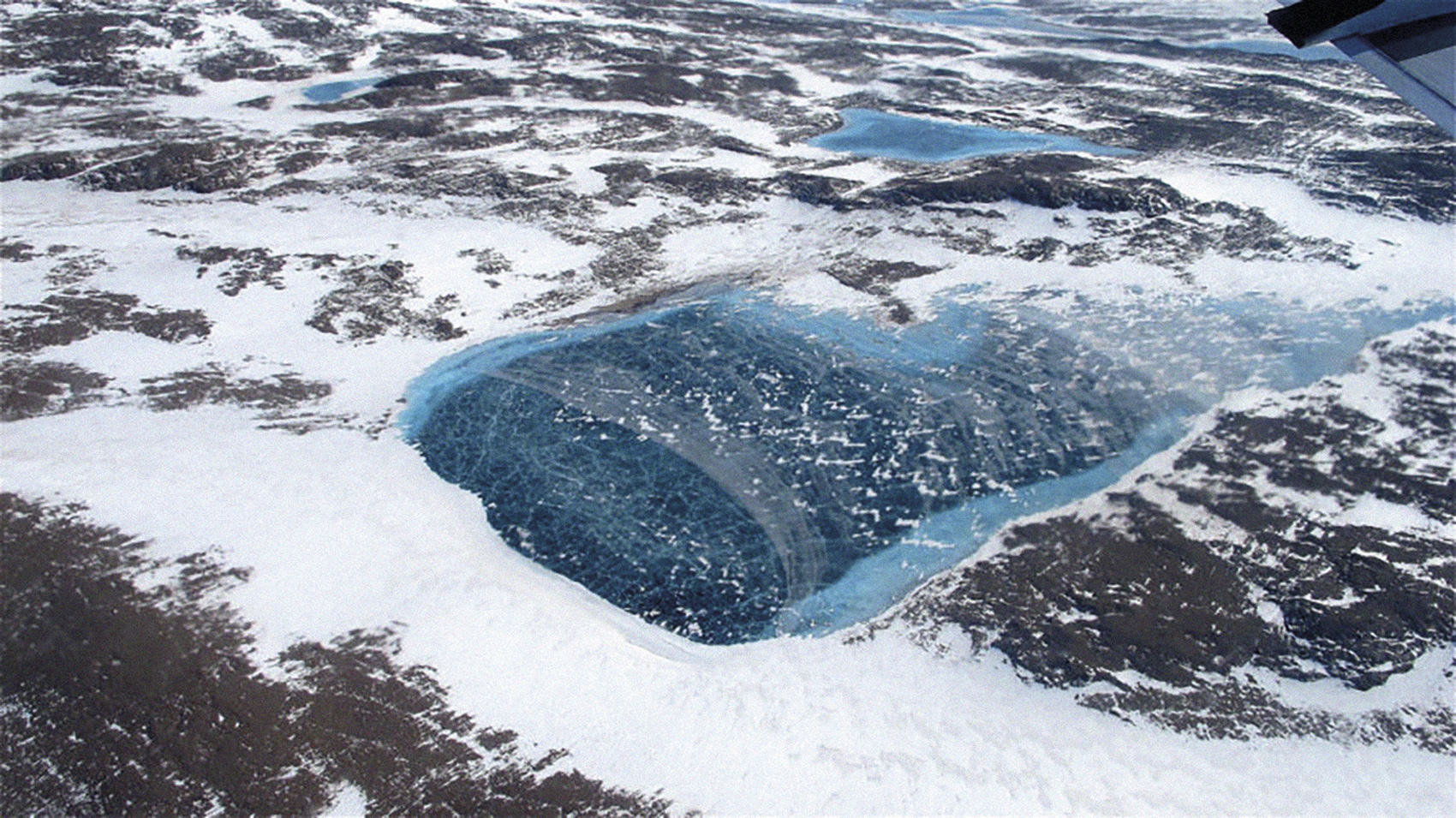Brenniliz 1985, 2013 How many years does it take to turn the atom off?
- Brittany already has a tiny Garoña, Brenniliz, a pocket nuclear centre which, after 17 years of electricity generation, stopped in 1985 and has not yet been demolished. The citizens and authorities who would have wished to keep Miguel Strogoff alive because of the jobs would now prefer to take him away from his eyes. But turning off the atom isn't that easy.
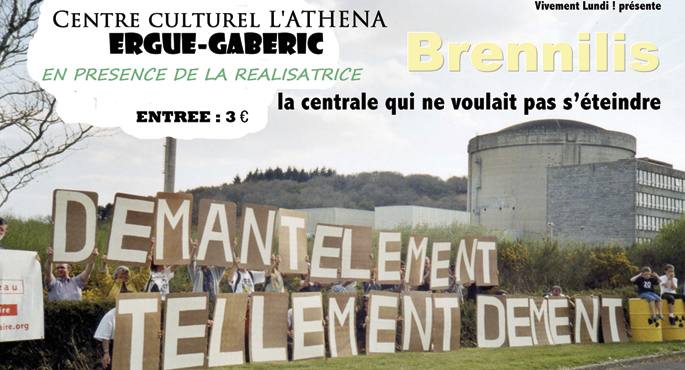
The mountains of Brittany Menez Are (in French Monts d’Arrée) are part of the landscape of Ireland or Wales in the French department of Finistère (in Breton Pen-ar-Bed). Few trees, large meadows, breezes and ferns, charcoal under the feet, streams and the lake of Saint Michel, founded on a palisade of the Yeun Elez River. Here is the village of Brenniliz (in French, Brennilis).
In the heart of ancient Berainia, in the Parajeos who talk about the legend of King Arthur, in the corner where the Celts believed that there was the atrium of hell, the Paris authorities decided to build the first nuclear power plant in France. In 1962, France joined the club of atomic bomb holders and aspired to be a pioneer in the construction of power plants that had to meet all the world's energy needs. Fifty years later, the French show in Brenniliz how expensive it is to knock down the uranium reactor.
The plant, which began in 1967, was heavy water, that is, it cooled with heavy water the uranium that was inflamed to mobilize the turbine that was going to produce electricity. Commisariat à l’Energie Atomique (CEA) wanted to build 100% of Brennil with French technology. It would soon be seen that the path of the civil atom was going to go through other techniques, as the one of Santa María de Garoña, built at the same time, and many other family members such as those who have exploded in Fukushima Daiichi were designed to work with light water. However, the CEA remained obstinate and the Brenniliz Centre was operational in 1967.
We say Centralita because it's been very small. With a power of 70 Megawatts (the Garoña power is 466 MW), it produced 6,235 Terawatt (the Garoña power in one year, 3,743 TW) between 1967 and 1985. From the need to make changes to boot technology, everything was a problem in Brenniliz.
On August 15, 1975, Virgin Day, a command of the armed group FLB-ARB (Bretagne Libération Front, Armée Revolutionaire Bretonne) ventured a pipeline transporting water to a turbine and a pipeline extracting CO2 gas from the turbine to stop production from outside the plant. In 1979, the FLB leaped two posts that carried electricity on the plant portal. This time it was the first time that a European power station was paralysed by an armed group.
At a time when memories of the conflict in Lemoiz are taking place, the FLB attacked more French authorities and delegations in Brittany. The attack of Roc’h Trédudon, which became a very famous attack, was to plasticize the headquarters of the Central Treasury: In 1974, the massive 200-metre high antenna on French television was demolished, leaving the entire Finistère without television for two months.
EUR 480 million for the demolition of the plant
But neither the Brenniliz plant nor the FLB paralysed it in 1985, due to the lack of profitability. Many citizens and authorities in the area asked the Government to continue and add a second to the third. Useless.
In 1995, Finistère Prefect Christian Fremont announced: “The EDF (Electricité de France, a multinational now privatised with almost France’s monopoly), the CEA and all major nuclear companies have jointly agreed that the Brenniliz dismantling operation is an example.” They were also wrong about this. The Cour de Comptes, which audites the French public funds, would confess in 2005 that what was originally supposed to cost EUR 19.4 million would cost EUR 480 million... for 25!
Last November, Fabrice Nicolino reminds us with his article Brennilis, a nucleale nucléaire pour l’éternité, published in the satirical weekly Charlie Hebdo, that the Brenniliz machine is still not completely shut down, 27 years after stopping. And the documentary Brennilis, the Centrale qui ne voulait pas s'éteindre, produced by the France Ouest chain, explains the complications that have arisen in this corner of Brittany over the years.
On the one hand, the survival of the plant was called for, and the citizens themselves now have plans for these sites: Retour a l’herbe! (Translated freely, the “Back to the First” campaign has been organised) taking advantage of the appointment of Parc Régional by the surrounding area. And in such an ugly natural park, the big bell of a nuclear power plant ...
But, on the other hand, the ecologists of Nucleaire, Sortir du Nucleaire, have gradually broken the stiff silence that EDF and the Parisian presidents had raised. Signs and evidence of pollution that continues to spread over many years have begun to be disseminated in the area.
The cameras of the documentary Brennilis, the Centrale qui ne voulait pas s'éteindre have gone with the militants through the hole of the fence around the center to collect samples of water, mosses and other streams. They have subsequently been sent to the laboratories of the CRIIRAD organisation in Valence and it has been shown that there is radioactive contamination here. It can be the discharge during the commissioning of the plant, but also the discharge due to the demolition works.
This doubt has paralysed the work of Brenniliz's demolition. Invented for implementation in three phases, in the first all the fuels were extracted from the factory, emptying the tanks. In the second, they began to collapse not only the big pot reactor, but all the parts previously contaminated, disassembled, by pipes, the concrete itself from the exterior surface of the buildings... In the third one, they have to undo the reactor with their dome.
However, ecologists have shown that EDF does not have a concrete plan for transporting and storing contaminated waste in a controlled manner. The judges were right in the trial in 2011, and now the company has issued an order to present its new plan for 2014.
In the meantime, the remains of pollution have multiplied everywhere. Tritium, cesium, plutonium also... EDF does not clearly answer the question of their origins. On the other hand, several plant technicians have begun to recognize the old truths.
Engineer Michel Marzin, who has been working in the power plant for 20 years, has told the camera amazing details. For example, how it was controlled that the giant dome that protects the reactor had no escapes: spread the smell of pink inside the building and a technician snifeur, walked smelling over it, detecting the slots and closing it with a special tail.
Espainiako Estatuko zentral nuklearrak itxi ez daitezen aktoreen presioak gora jarraitzen du. Otsailaren 12an Espainiako Kongresuak itxi beharreko zentral nuklearrak ez ixteko eskatu zion Espainiako Gobernuari, eta orain berdin egin dute Endesak eta Iberdrolak.












